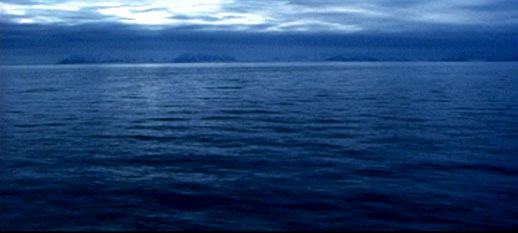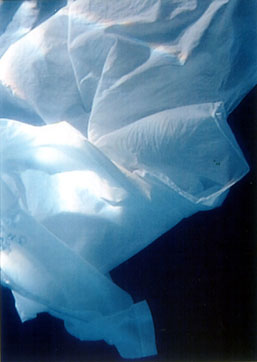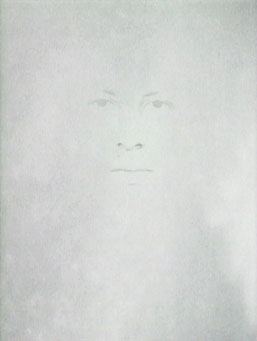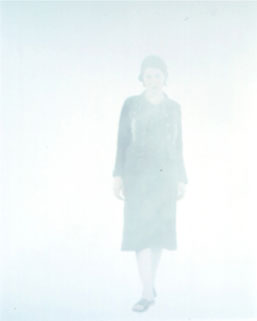Silent Materializations before the Lens: Robert Cahen’s Video Art
Robert Cahen is a seminal figure in the European art realm and is firmly positioned and widely regarded as one of France’s foremost and significant video artists.
His work is recognizable due to his inquiry into the still and inactive sense of time, and within these observations he sometimes explores sound in relation to the framing of the image, in order to build upon its continuance.

With a background as an electronic composer, he is highly skilled and considered a pioneer in the use, development and experimentation of audiovisual electronic instruments. Through his artistic practice, he has explored the natural and artificial within soundscapes and uniquely married the two mediums, audio and visual.
Cahen treats the images he captures like the sounds he investigates: he organizes them, arranges and transforms them. His works offer the possibility of exchange and interaction between each sample, be it visual or aural, examining and surveying the variables of the images and soundscapes. The result is a series of screenings that convey dreamlike and ethereal journeys, absorbing video installations that question the concept of time, place, memory and perception.
Within his works there is often an opposing juxtaposition of fixed and still elements relating to and intertwined with moving components. These are edited so that each recorded moment and sampling of time co-exists; they oscillate and multiply from his varying points of view and perception until they are fixed and set in place within a continuously cyclic visual and sequential narrative.

Amist the French Institute’s fairly bustling foyer and reception area, large monitors have been arranged to display Le Cercle (2005) and Paysages d’hiver (2005) in which the viewer can sit and view the video works. Paysages d’hiver is presented on two wide screen monitors positioned as diptychs. The work revisits an inquiry he made during a previous winter spent in the Antarctic’s unhospitable and adverse landscape.
Similarly Le Cercle investigates the solitude and passage of time within a bitterly harsh location in Scandinavia. Though the continent has shifted the gaze and backdrop is familiar. Within both video composites empty, vast and cyan landscapes materialize before the lens. The silence of such expansive views is occasionally interrupted and disturbed with negative montages of masked men who appear within the frame.
Installed on the first landing of an expansive stairwell that leads to more of Cahen’s work, is a large vertical screen that displays Tombe (avec les mots) (2005). Words rain down before a fixed blue expanse as if passing through water. They fall slowly creating a continuous animation. The most engaging works Suaire (1997) and Traverses (2002) are displayed upstairs in a temporary but effective space designed solely for exhibiting the video work. Enclosed and dark, the first chamber is one in which you are immediately blinded and promptly awakened by the bright, ephemeral visions that are projected either side on a floating, unfixed screen. Standing on glowing white stones, you become aware of your own physicality and the notion of fixed space and time as a series of four undecipherable and almost transparent, featureless silent faces slowly appear and disappear.


As you walk through this space, crunching on the stones underfoot as you go, another darkened enclosure lies ahead but one in which there is seating that faces a large mounted vertical screen. Traverses gradually exposes figures that silently appear from the glowing edges of the composition and slowly approach the foreground from the distance. A woman, a man holding a child’s hand – these characters walk through a disquieting fog offering us a view into a portal of another space and time, or perhaps revealing the edges of a dream or memory.
These selected video works were originally shown and exhibited earlier this year at the Musée des Beaux-Arts in Fukuoka so the set up of the installations and positioning of the various monitors and screens in the L’Institut Franco-Japonais de Tokyo are somewhat makeshift and thus hard to concentrate on, as the venue is not solely employed as a conventional gallery. Also, being scattered throughout the premises, it is not instantly obvious where Cahen’s works are situated or displayed, making it a little challenging to engage with some of the works, amidst the mission of finding them.
For admirers of Cahen it is a wonderful opportunity to witness his vision and glimpse a sampling of his impressive collection of video works and to imagine and visualise these works in the intended viewing and exhibition capacity you are aware of their inherent power and the potentiality of effect on the passive viewer.
Meighan Ellis
Meighan Ellis


